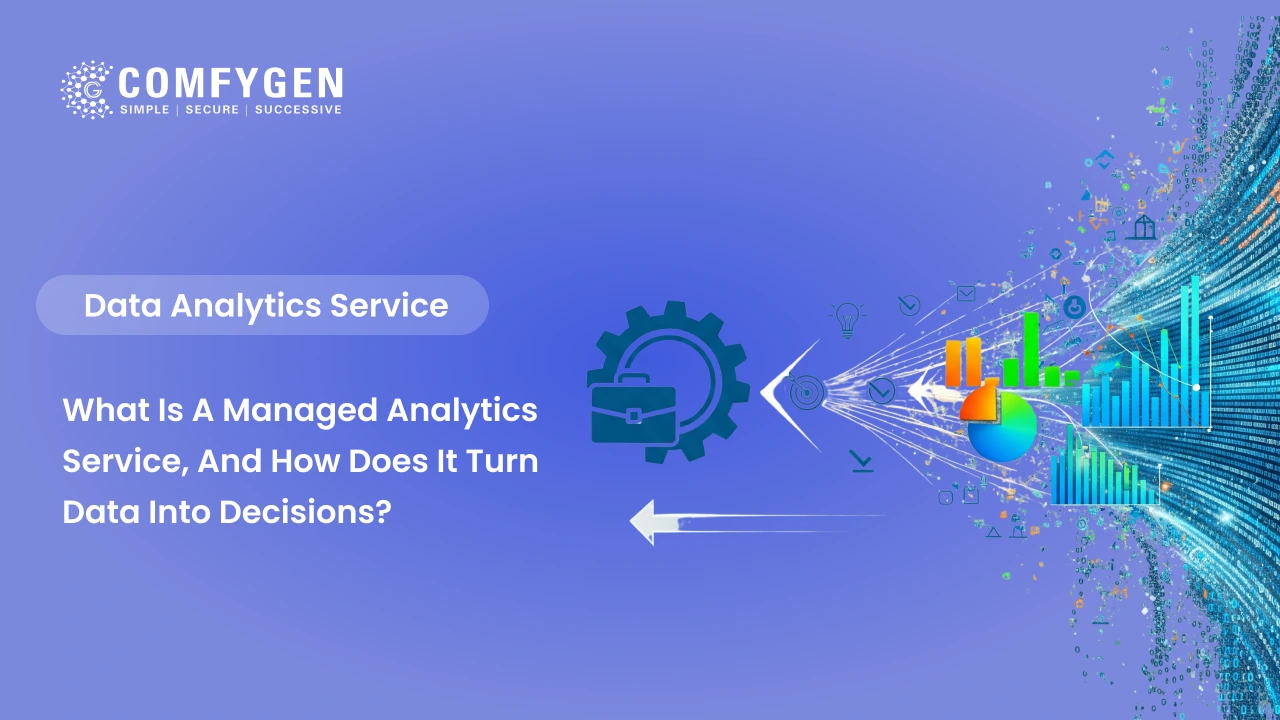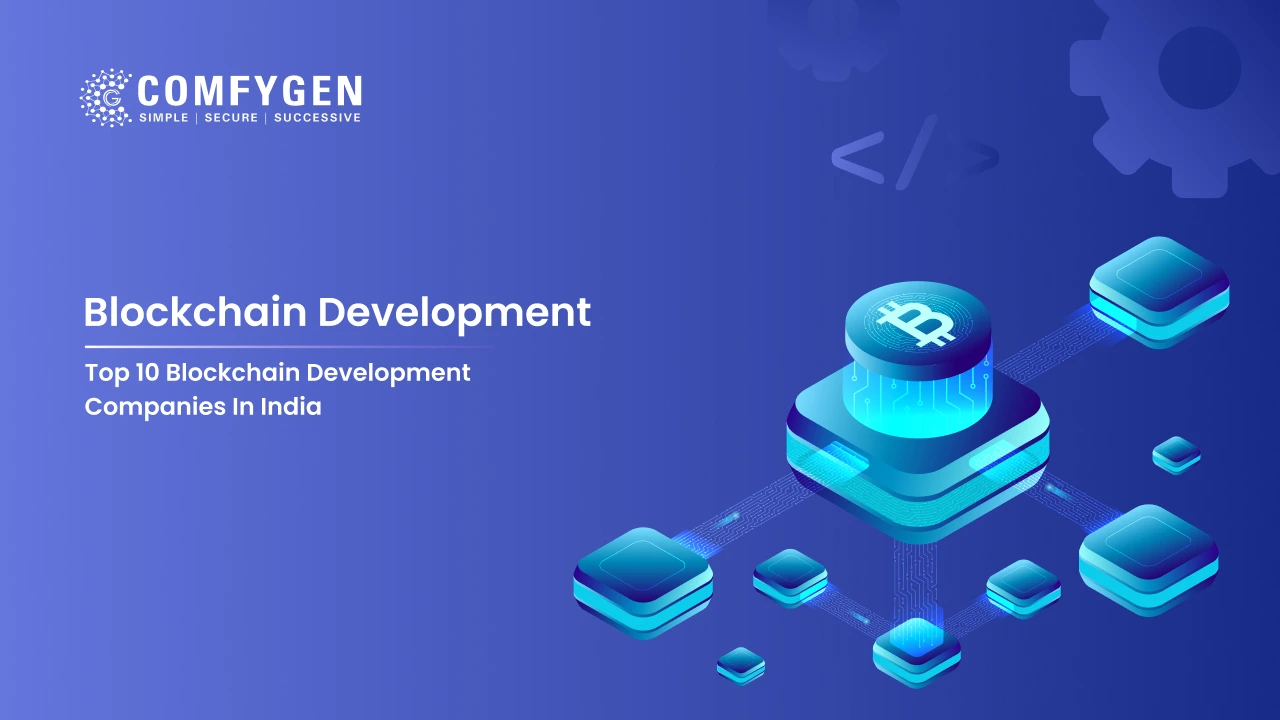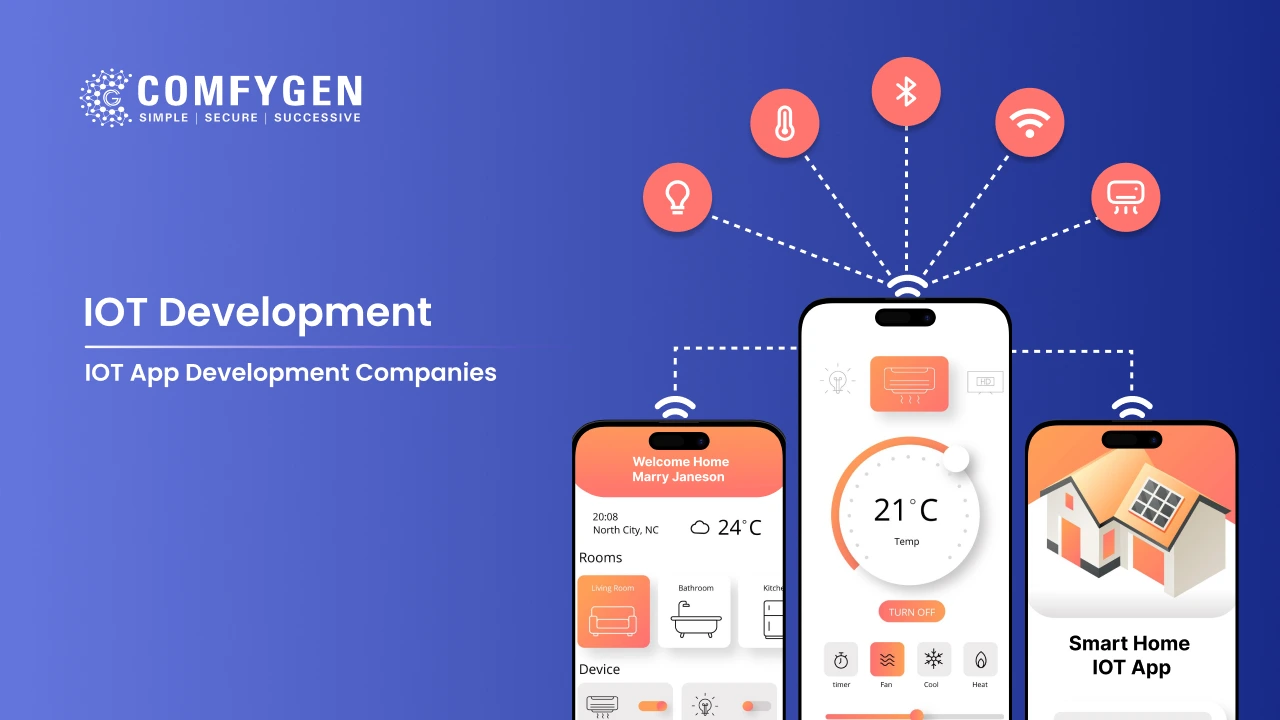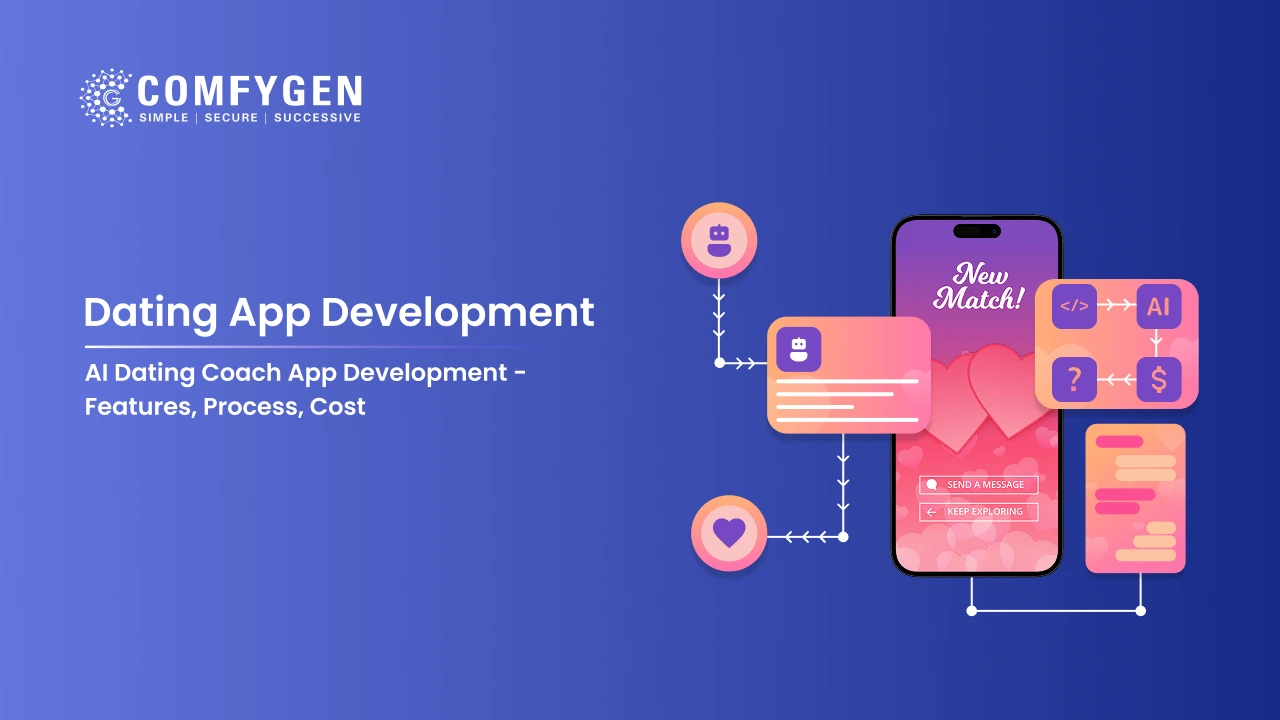What Is a Managed Analytics Service, and How Does It Turn Data into Decisions?
Managed Analytics Services provides an end-to-end solution that helps businesses manage their data without having to build an in-house team or infrastructure. It includes everything from data collection, data cleaning, and analysis to AI and predictive modeling. The service then delivers insights through easy and understandable dashboards, reports, and automated recommendations. This allows companies to know trends faster, optimize their operations, and make better decisions—all at lower costs and with greater efficiency. Simply put, it turns raw data into a competitive advantage for businesses.
What Is a Managed Analytics Service?
A Managed Analytics Service is an end-to-end solution that helps any business extract useful insights directly from raw data, without having to build an in-house data team or infrastructure.
How it works:
Every company generates a lot of data every day—from every activity, such as sales, operations, marketing, customer service, etc. But this data is scattered, incomplete, and difficult to analyze. This is where a Managed Analytics Service takes over your entire data analytics process.
What it involves:
1. Data Collection and Integration
This service collects data from all sources, such as your CRM, ERP, cloud apps, spreadsheets, and databases, and combines them into a single, clean system.
2. Data Cleaning and Preparation
Raw data is useless unless it is clean, standard, and analyzable. These services remove duplicates, format, and process data.
3. Analytics and predictive modeling
This is where data scientists come into the picture. They use machine learning, statistics, and predictive analysis to find patterns and trends in data, which are often difficult to capture manually.
4. Dashboards, reports, and visualizations
Instead of a clutter of spreadsheets, you get real-time dashboards and custom reports—making it easier to understand performance, identify risks, and find new opportunities.
5. Recommendations and insights
Some service providers use Artificial intelligence to give you automated business suggestions, not just “what happened,” but also “what should be done now.”
6. Scalable data services
Whether you are a startup or an enterprise, these data services scale according to your needs. No infrastructure worries, no hiring, no hassle of different tools.
Why is Managed Analytics important?
Because building an in-house analytics team is not easy. You need:
- Hiring data scientists and engineers
- Purchasing multiple analytics tools
- Managing server or cloud infrastructure
- Training the team to understand analytics
Managed analytics services do all of this for you—at a lower cost and with less complexity. You get expert-level data analytics—only as a service, so your team spends time making decisions, not building reports.
Why Companies Choose Managed Analytics?
Companies are increasingly adopting Managed Analytics Services because they provide expertise, agility, and scalability—without having to build in-house teams and expensive infrastructure.
These services eliminate the need for complex systems, dedicated data teams, and ongoing maintenance, while providing real-time AI-powered insights that help make better, faster decisions.
Businesses benefit from this:
- Faster implementation
- Reduced operational burden
- Focus on strategy rather than data management
Plus, Managed Analytics easily adjusts to growing data volumes, and helps companies stay competitive with advanced tools like predictive analytics—at a cost-effective, hassle-free pace.
Turning Data into Decisions: The Real Value
Raw data isn’t useful. The real power comes from turning it into actionable insights. That’s what Managed Analytics Services do—they use AI, expert analysis, and smart automation to transform massive and complex data into clear business actions that make a real impact. They don’t just show data, they tell you what the next step should be.
Step 1: Centralizing Your Data Sources
Most businesses operate in silos—sales data in one place, customer data in another, financials in a spreadsheet. A good managed analytics provider starts by integrating all these data sources into a central system.
- CRM (like Salesforce, HubSpot)
- ERP (like SAP, NetSuite)
- Web analytics (like Google Analytics)
- Marketing tools (like Mailchimp, Meta Ads)
- Databases (MySQL, SQL Server, Snowflake)
Step 2: Data Cleaning and Modeling
Dirty data is one of the biggest blockers to decision-making. Duplicate entries, empty fields, and inconsistent formats—all of these lead to poor analysis.
Managed services handle:
- Data cleaning and deduplication
- Normalization
- Data modeling
This process is typically led by a data scientist, who sets the foundation for accurate, trustworthy analytics.
Step 3: Building Dashboards That Mean Something
Here’s where Tableau consulting or other business intelligence tools come in.
A key part of a managed analytics service is turning raw data into interactive dashboards that your sales teams, finance heads, or marketing leads can use without technical training.
- Sales teams see pipeline trends, deal velocity, and churn risk
- Marketing sees campaign ROI, audience behavior, channel attribution
- Finance sees spend vs. budget, burn rate, and forecasts
- Operations track inventory, delays, and bottlenecks
Step 4: Delivering Insights and Recommendations
A good dashboard tells you what happened. A great managed analytics service tells you why it happened—and what you should do about it.
That’s where real decision-making power comes in. You’re not reacting anymore. You’re anticipating.
- See sales slowing down? Spot it early and adjust campaigns.
- Inventory spiking? Identify the root cause before it hits the bottom line.
- Customer churn ticking up? Get ahead with retention offers or UX tweaks.
Who Should Consider Managed Analytics Services?
Managed Analytics Services are a great option for organizations that want to gain the benefits of data-driven insights, but without the hassle of building and managing their in-house analytics infrastructure.
Here’s who benefits most:
1. Growing Companies
Startups and mid-market firms that don’t have the bandwidth to build a full internal team but want better control over performance data.
2. Resource-Strapped Teams
Companies where marketing, ops, or finance teams are manually exporting reports every week and wasting hours.
3. Enterprise Teams Needing Scalability
Even large companies use managed analytics when launching new product lines, entering new markets, or building temporary analytics programs.
4. Anyone Who Wants to Hire a Data Scientist But Can’t Afford One
Good data scientists aren’t cheap. Managed analytics gives you access to their skill set—without the full-time salary.
In-House vs. Managed: The Real Comparison
| Feature | In-House Analytics | Managed Analytics Service |
| Hiring Time | 3–6 months | Immediate |
| Cost | High (salaries + tools) | Lower and predictable |
| Tool Stack Setup | You build & maintain | Done for you |
| Expertise | Depends on hires | Specialists across domains |
| Scalability | Slow & manual | Agile and flexible |
| Focus | Data operations | Business outcomes |
Looking to finally manage your data the smart way?
We should talk.
Contact Now
What Tools Do Managed Analytics Providers Use?
A few of the major tools you’ll often see in their stack:
- BI & Dashboards: Tableau, Power BI, Looker, Qlik
- Data Warehousing: Snowflake, BigQuery, Amazon Redshift
- ETL Tools: Talend, Apache NiFi, Fivetran, Informatica
- Data Prep: dbt, Trifacta
- Monitoring: Datadog, Grafana, custom alerts
Real-World Examples
Let’s make this concrete with a few examples.
Retail & E-Commerce:
A fashion brand uses a managed service to track inventory, sales trends, and customer lifetime value across Shopify, Google Ads, and Klaviyo. Decision? Stop spending on low-ROI audiences, shift budget to top spenders.
Healthcare:
A clinic network centralizes EMR, billing, and patient feedback. Insights help improve scheduling, reduce no-shows, and improve care quality.
Finance:
A fintech firm outsources its analytics to speed up compliance reporting and reduce manual effort by 60%.
In each case, it’s not about the data—it’s about the decisions the business can now make faster and smarter.
How to Choose the Right Managed Analytics Partner
Not all providers are equal. Here’s what to look for:
- Do they understand your industry?
- Can they offer custom solutions—not cookie-cutter dashboards?
- What’s their experience with tools like Tableau or Power BI?
- Do they provide strategic guidance or just technical execution?
- Can they scale with you as your data grows?
Conclusion
At Comfygen, we help businesses move from data overload to data clarity through tailored managed analytics services. Our team combines deep domain expertise with hands-on experience across tools like Tableau, Power BI, and modern data stacks. Whether you need custom dashboards, full-stack analytics consulting, or support to scale your data operations—Comfygen builds solutions that drive real business decisions, not just reports. If you’re ready to unlock the full value of your data, we’re ready to make it happen.
What is managed analytics?
Managed analytics is a service model where a third-party provider handles the entire data analytics process for an organization—from data collection and integration to analysis, visualization, and reporting. It lets businesses access expert-level analytics without building their own in-house team or infrastructure.
What is management analytics?
What are the five types of analytics?
- Descriptive – What happened?
- Diagnostic – Why did it happen?
- Predictive – What will happen next?
- Prescriptive – What should we do about it?
- Cognitive – How can we automate decision-making using AI?
What are the 4 pillars of analytics?
- Data Collection
- Data Storage
- Data Processing
- Data Visualization & Reporting
What are the three primary types of data analytics?
- Descriptive Analytics
- Predictive Analytics
- Prescriptive Analytics

Mr. Saddam Husen, (CTO)
Mr. Saddam Husen, CTO at Comfygen, is a renowned Blockchain expert and IT consultant with extensive experience in blockchain development, crypto wallets, DeFi, ICOs, and smart contracts. Passionate about digital transformation, he helps businesses harness blockchain technology’s potential, driving innovation and enhancing IT infrastructure for global success.










